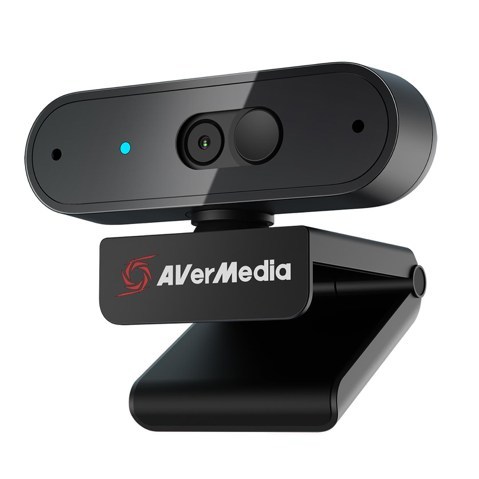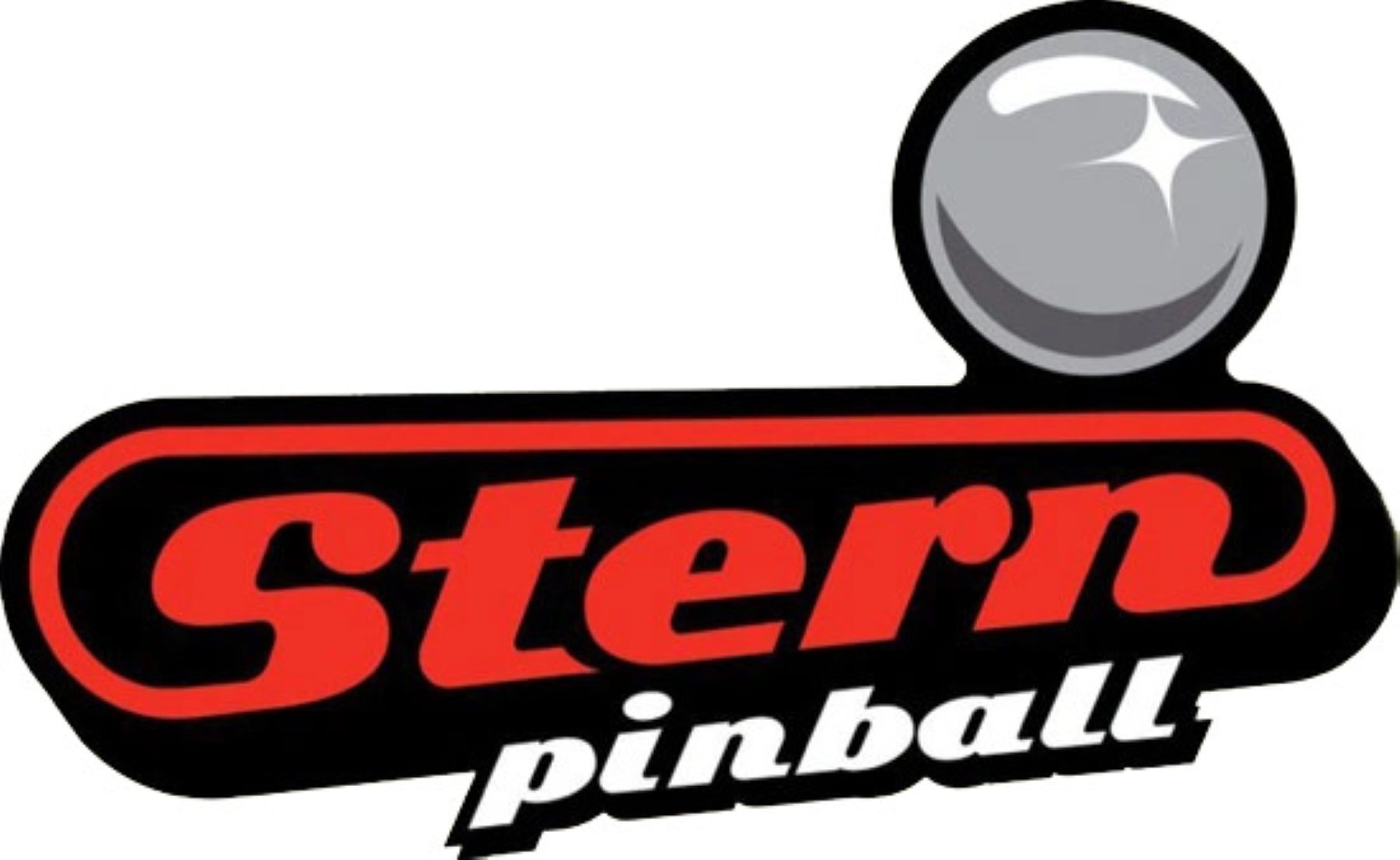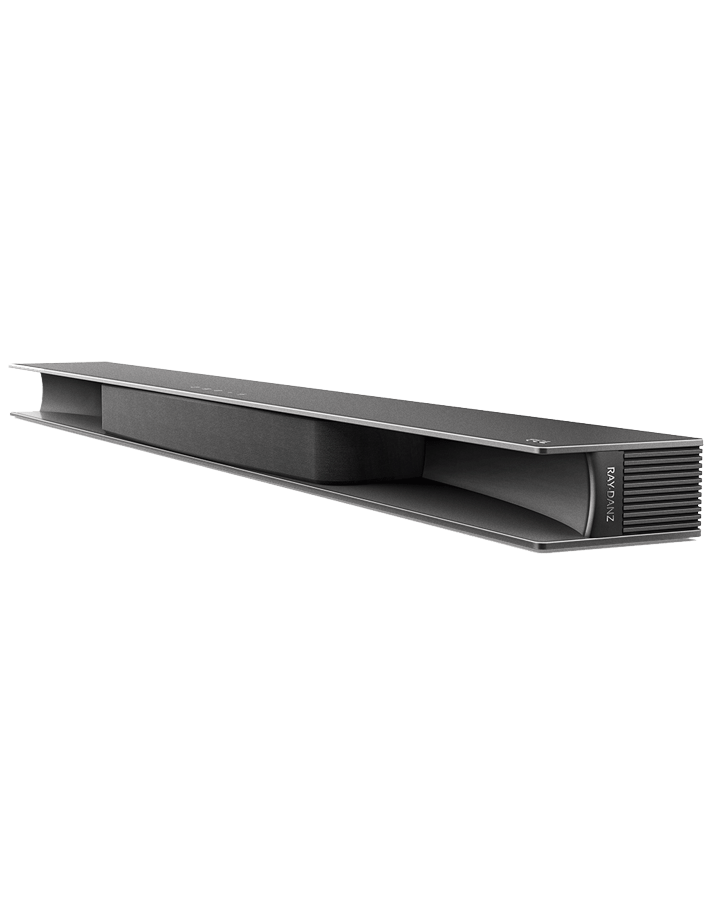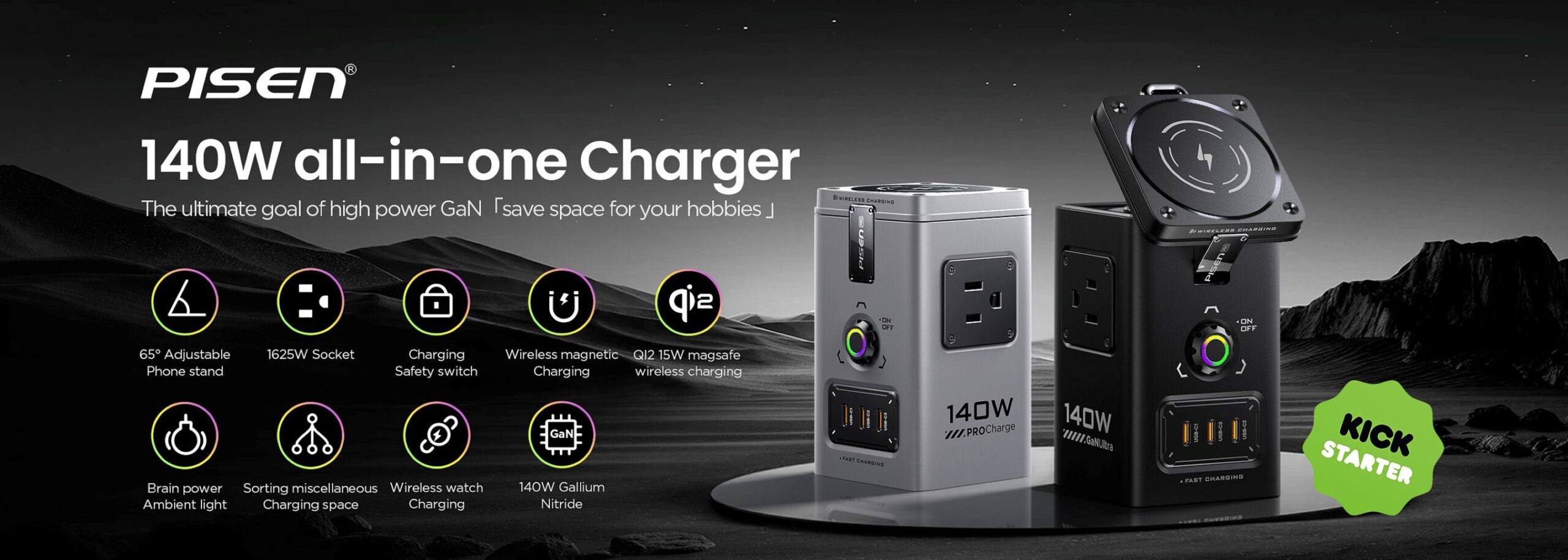NASAPress Releases
PEREGRINE EMI TESTING A SUCCESS & AHEAD OF SCHEDULE

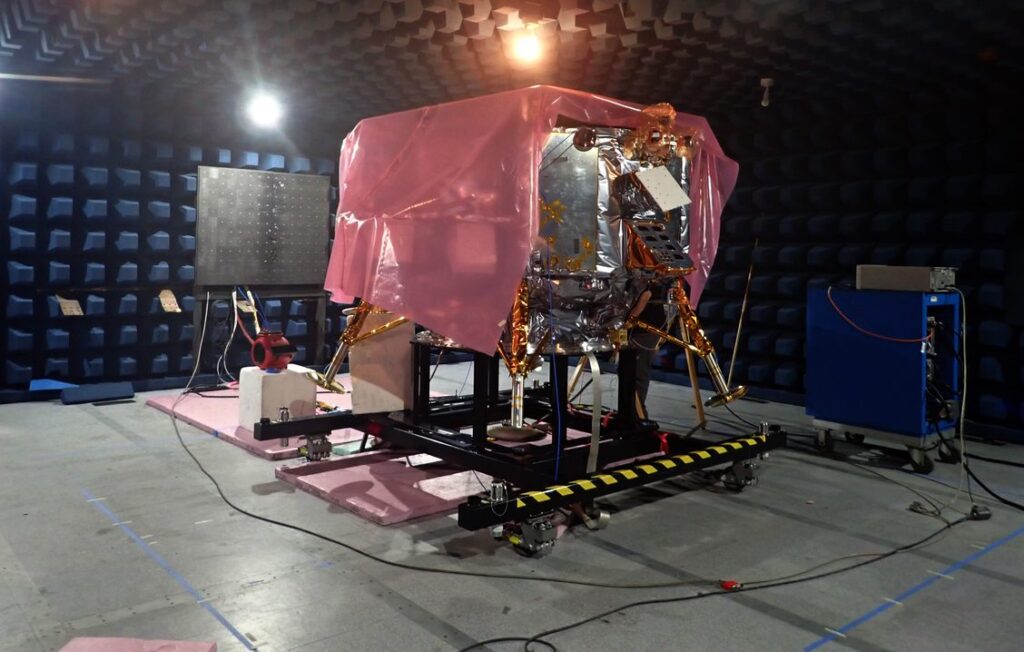
| Astrobotic announced today that their Peregrine lunar lander has completed electromagnetic interference (EMI/EMC) testing early and will arrive back at their headquarters on December 23. Originally, Peregrine was to spend the next week at Dayton T. Brown Inc.’s facility in Bohemia, New York to complete residual integration activities and prepare for thermal vacuum chamber (TVAC) testing. Because the test campaign is ahead of schedule, Peregrine will be brought back to Pittsburgh to give employees an opportunity to be home for the holidays. “I commend the test teams who worked tirelessly to identify opportunities for an efficient campaign. Peregrine’s journey back to Pittsburgh also gives the public an opportunity to see the Peregrine spacecraft one last time before it continues on to TVAC testing, then to Florida for a Q1 2023 launch,” says Sharad Bhaskaran, Mission Director for Peregrine Mission One. EMI/EMC testing checked the electromagnetic compatibility between the Peregrine lander and United Launch Alliance’s Vulcan Centaur rocket. The radiated emissions tests proved that Peregrine does not emit electromagnetic energy harmful to the Vulcan rocket, while radiated susceptibility ensured Peregrine can operate properly after being subjected to electromagnetic energy emitted by Vulcan. Finally, “Self Compatibility” testing confirms the spacecraft will function nominally during standard flight operations. “As Peregrine’s first EMI/EMC test campaign, passing against all reviewed test criteria is a major company accomplishment. It really exhibits the skill, experience, and determination of our engineers and technicians,” said Yoonhee Steadman, Lead Spacecraft Electrical Integration and Test Engineer at Astrobotic.The Peregrine spacecraft will be sent to thermal vacuum testing before it arrives in Cape Canaveral, Florida for integration with ULA’s Vulcan Centaur. |
| About Astrobotic Astrobotic is the Moon company and more. We develop advanced navigation, operation, power, testing, and computing systems for spacecraft. Our fleet of lunar landers and rovers deliver payloads to the Moon for companies, governments, universities, non-profits, and individuals. To date, we have two fully funded lunar lander missions on the books, and more than 60 prior and ongoing NASA and commercial technology contracts worth upwards of $350 million. Astrobotic was founded in 2007 and is headquartered in Pittsburgh, PA. www.astrobotic.com |

